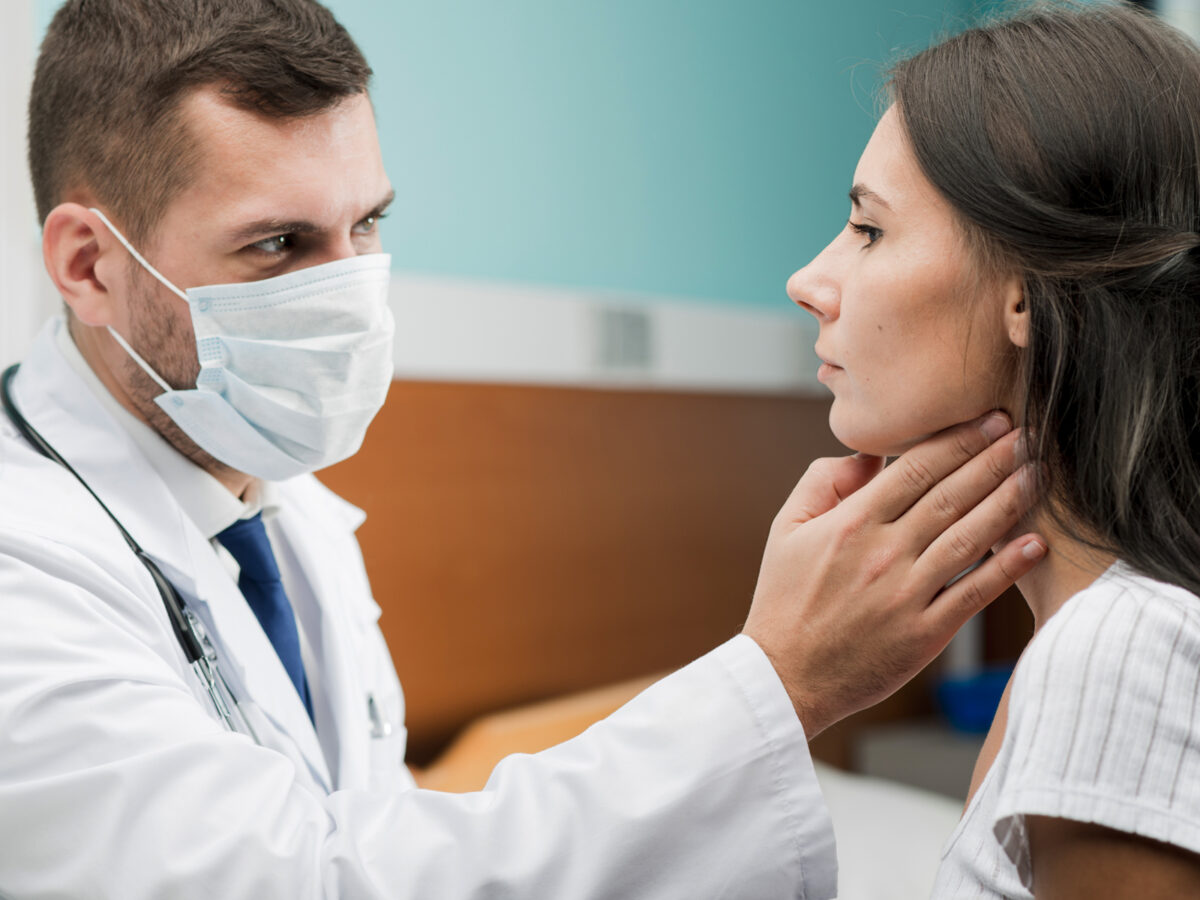As a parent, your child’s oral health is a top priority. Establishing solid dental habits early can lead to a lifetime of healthy smiles. In this comprehensive guide, we’ll explore the most important techniques and practices for maintaining your child’s dental health and laying the foundation for a beautiful, cavity-free smile.
Ways to Maintain a Healthy Smile
Begin Early:
A child’s oral health journey starts before the first tooth appears. Gently cleanse your baby’s gums after feedings with a clean, damp cloth to remove bacteria and lay the foundation for good oral hygiene habits. Once teeth begin to erupt, typically around six months, switch to a soft, age-appropriate toothbrush. Use a tiny smear of fluoride toothpaste for children under three and a pea-sized amount for those aged three to six. Teach your child to spit out excess toothpaste.
Teach Good Brushing Techniques:
Good brushing techniques are crucial for dental hygiene. Teach your child to brush their teeth in gentle, circular motions, covering each tooth’s front, back, and chewing surfaces. Supervise brushing until your child is around 7 or 8 years old to ensure thorough cleaning and proper toothpaste usage. Use a two-minute timer or play a favorite song to make brushing more enjoyable.
Establish a Consistent Routine:
Consistency is key to maintaining oral health. Establish a daily routine that includes brushing in the morning and at night. Regular habits help integrate oral care into your child’s daily life. Begin dental check-ups at age one or when the first tooth appears to monitor oral development, detect issues early, and provide preventive care.
Promote Healthy Eating Habits:
Diet plays a significant role in oral health. Encourage a balanced diet of fruits, vegetables, whole grains, and lean proteins. Limit sugary snacks and beverages to prevent tooth decay. Opt for tooth-friendly snacks like cheese, yogurt, fruits, and vegetables that promote saliva production and neutralize acids. Advise using a straw for sugary drinks and promote water as the primary hydration source.
Prevent Tooth Decay:
Tooth decay is common in children. Ensure your child gets enough fluoride through fluoridated water or supplements if necessary. Consider dental sealants for molars to protect against bacteria and food particles, reducing the risk of cavities.
Address Thumb-Sucking and Pacifier Use:
While common in infants, thumb-sucking and pacifier use should be addressed as your child grows. Encourage gradual cessation and offer positive reinforcement. Consult a dentist if these habits persist beyond age three or four or affect tooth alignment.
Set a Good Example:
Lead by example. Brush your teeth together as a family activity, emphasizing the importance of dental hygiene. Use positive reinforcement to acknowledge your child’s efforts in maintaining good dental habits.
Conclusion:
Maintaining your child’s smile requires a combination of education, positive reinforcement, and consistent dental care practices. By starting early, developing good habits, promoting a balanced diet, addressing potential issues promptly, and leading by example, you can set the stage for lifelong optimal dental health. Regular dental check-ups and a supportive approach to oral care help your child have a positive dental experience and lay the foundation for a beautiful, healthy smile.


